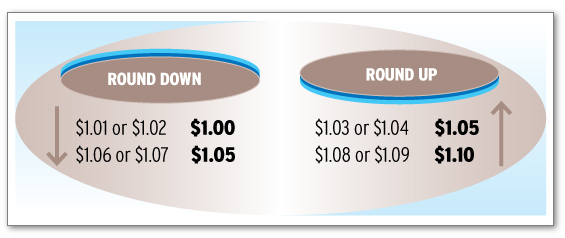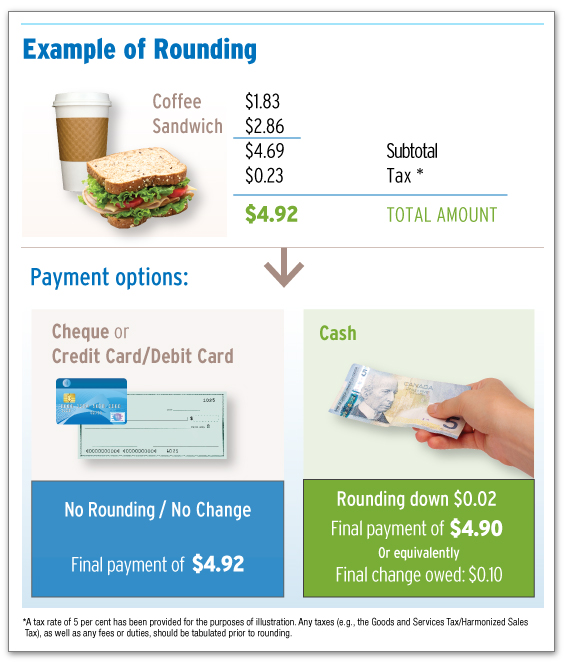Archived information
Archived information is provided for reference, research or recordkeeping purposes. It is not subject to the Government of Canada Web Standards and has not been altered or updated since it was archived. Please contact us to request a format other than those available.
Phasing Out the Penny
Introduction
In Economic Action Plan 2012, the Government announced it would phase out the penny from Canada’s coinage system. The decision to phase out the penny was due to its excessive and rising cost of production relative to face value, the increased accumulation of pennies by Canadians in their households, environmental considerations, and the significant handling costs the penny imposes on retailers, financial institutions and the economy in general.
The estimated savings for taxpayers from phasing out the penny is $11 million a year.
The cent will remain Canada’s smallest unit for pricing goods and services. This will have no impact on payments made by cheque or electronic transactions—only cash transactions will be affected. Moreover, pennies can still be used in cash transactions indefinitely with businesses that choose to accept them.
Important Dates
To help consumers, businesses, charities and financial institutions to plan, a transition date of February 4, 2013 has been set after which the Royal Canadian Mint will no longer distribute pennies.
On this date, businesses will be encouraged to begin rounding cash transactions.
Rounding Guidelines
As pennies exit circulation, cash payments or transactions only will need to be rounded, either up or down, to the nearest five-cent increment. The Government of Canada will be adopting a rounding guideline that has been used successfully by other countries for its cash transactions with the public.
Under this guideline, when pennies are not available, cash transactions will be rounded in a fair and transparent manner, as illustrated below:

Rounding - Text Version
When to round
Again, only cash transactions require rounding. Cheques and transactions using electronic payments—debit, credit and payments cards—do not need to be rounded, because they can be settled electronically to the exact amount.
For any cash payment, only the final amount (or equivalently, the change owed) should be subject to rounding. Individual items, as well as any duties, fees or taxes, should be tabulated in their exact amount prior to rounding, as illustrated:

Example of Rounding- Text Version




